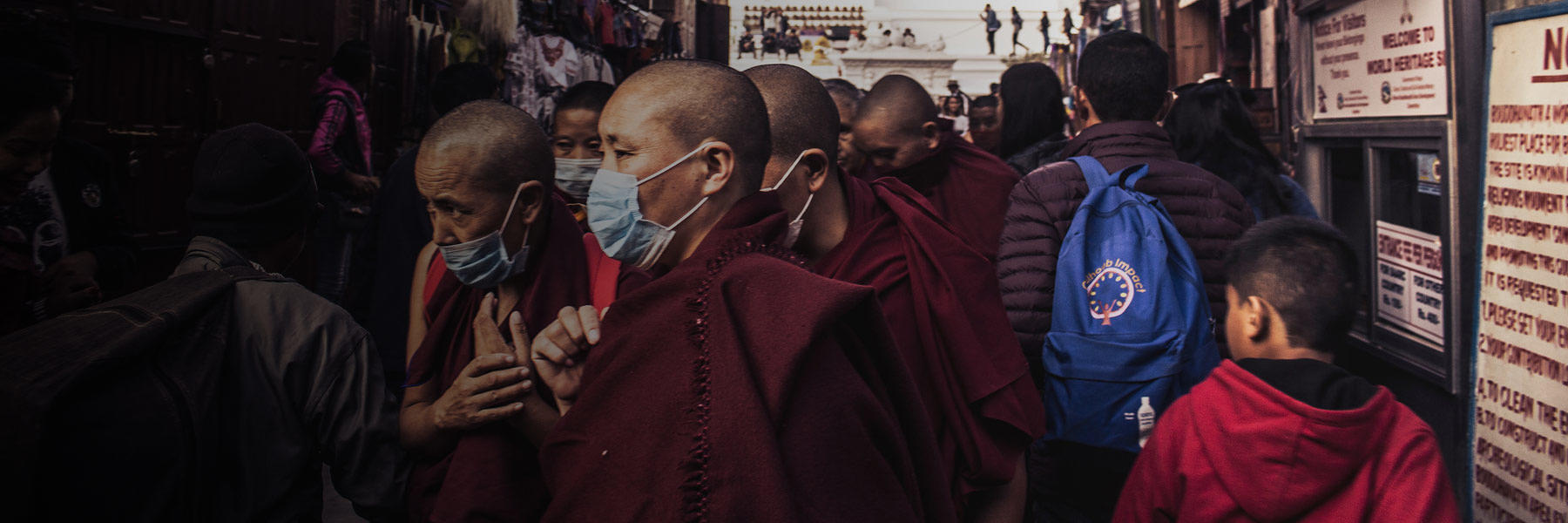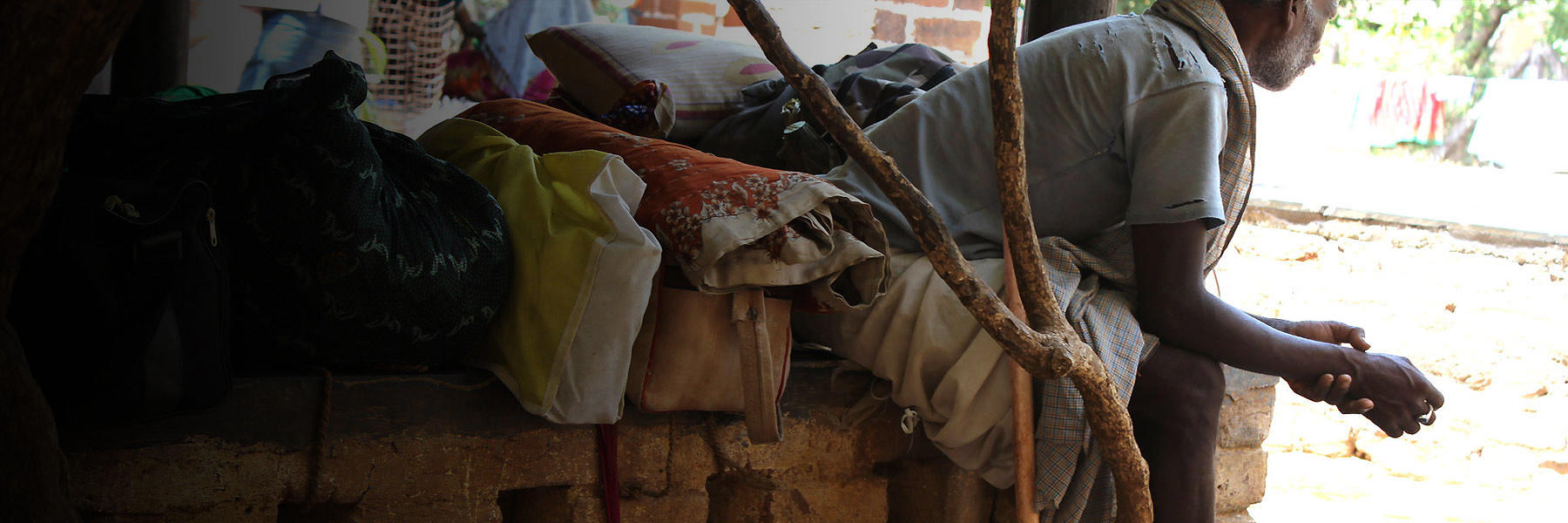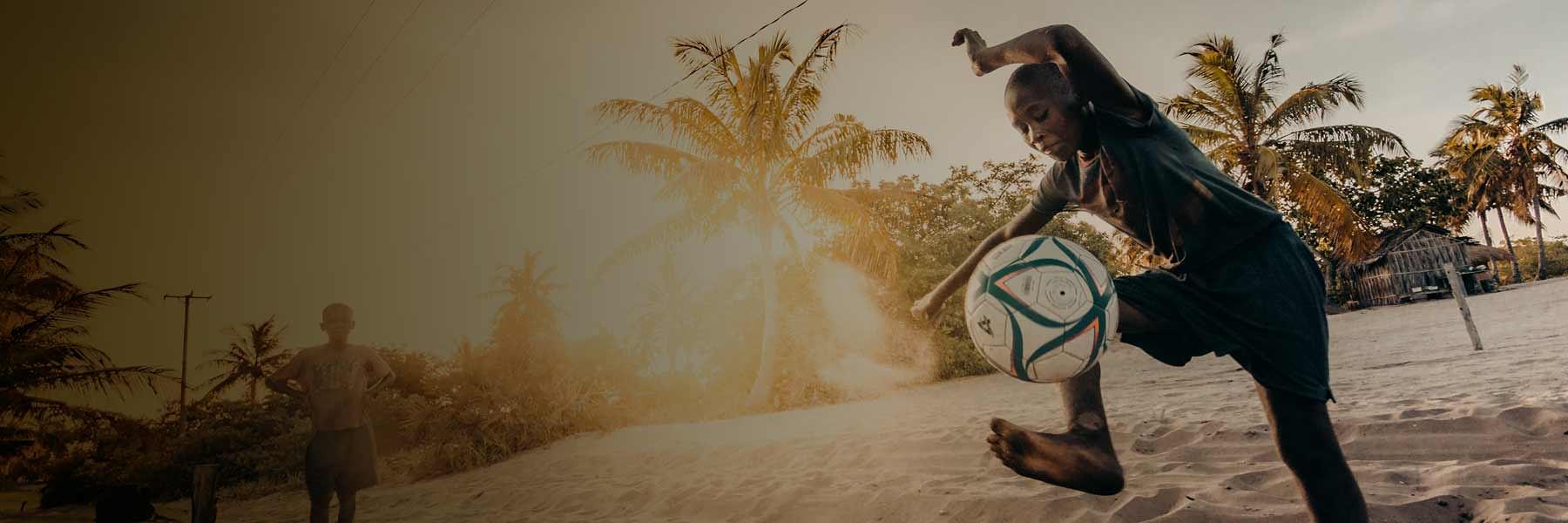Possible is an NGO armed with the noble intent of making healthcare available to the underprivileged. Built within Nepal’s government infrastructure, they deliver high quality, low cost healthcare.
Possible works with Bayalpata Hospital where patient reporting was laborious as volumes of patients reach anywhere between 1500 and 2100, every week. The hospital needed an electronic management system to reduce the time that staff spent on collecting data. The system would have to check and avoid reporting errors and form a reliable and easily accessible database of patient information.
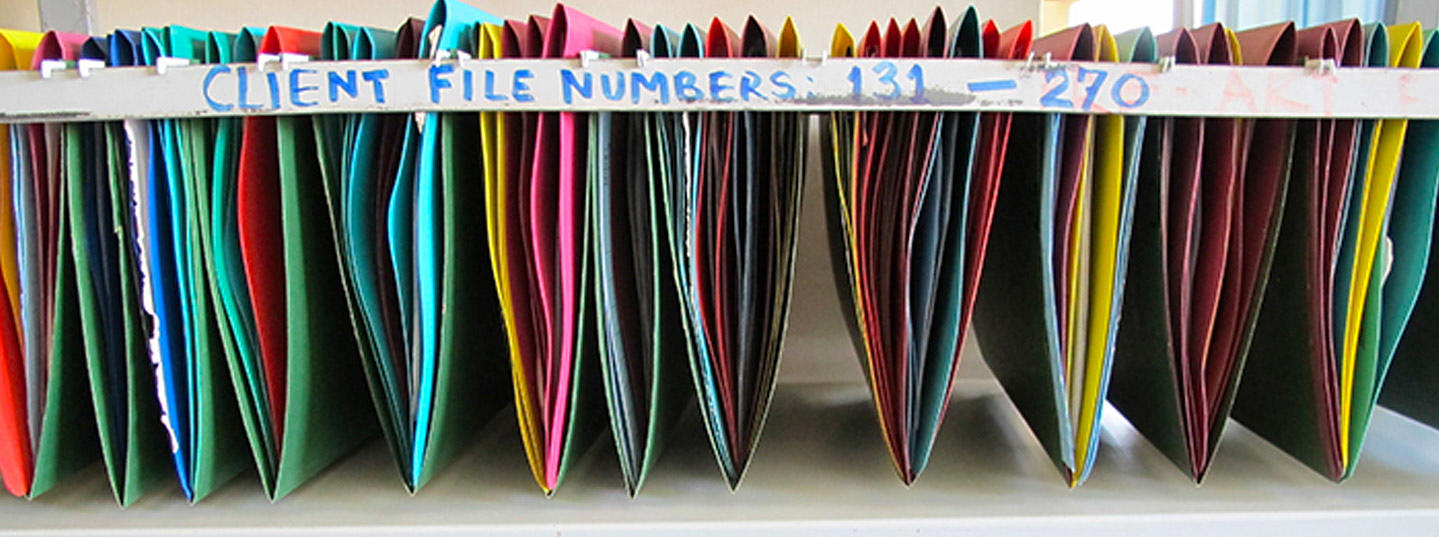

Possible identified Bahmni, an OpenMRS (Medical Record System) as the solution of choice. Designed by Thoughtworks specifically for healthcare providers in low-resource settings, prior to Nepal, Bahmni was implemented in three locations across India. They are Jan Swasthya Sahyog in Bilaspur, Society for Education, Action and Research in Community Health (SEARCH) in Gadchiroli and Lok Biradari Prakalp in Gadchiroli.
During the six months of Thoughtworks working with Possible, product features like inpatient functionalities, data presentation, clinician’s templates were further enhanced with reviews every two to three weeks.
The enthusiastic 60+ doctors, clinical and administrative staff at Bayalpata Hospital were well versed with computers and popular social platforms. And that shortened the robust five-week training and support plan designed by Thoughtworks by a few weeks. This stood testament to how user-friendly the system was developed to be.
The Registration, Lab and Clinical (consultation notes, vitals, diagnosis, disposition, templates/forms) and Reports modules were rolled out over a period of four weeks. And departments that were successfully trained and currently use the product are Registration, Lab, Emergency Room, General OPD (outpatient Department), Chronic OPD, Departments / Special consultation rooms, Operating Theatre, Dressing and Minor Surgery and IPD (inpatient Department).
Bahmni positively influenced not only the day to day operations of the hospital, but also facilitated the hospital’s successful grant applications. The integrated and intuitively designed product pulls together information that is leveraged by the hospital’s grant writers while applying for funding.
It’s an interesting shift. It’s not just putting data down — it’s learning how to utilize that data, how to synthesize it, how to look for the right things to make smarter clinical decisions.
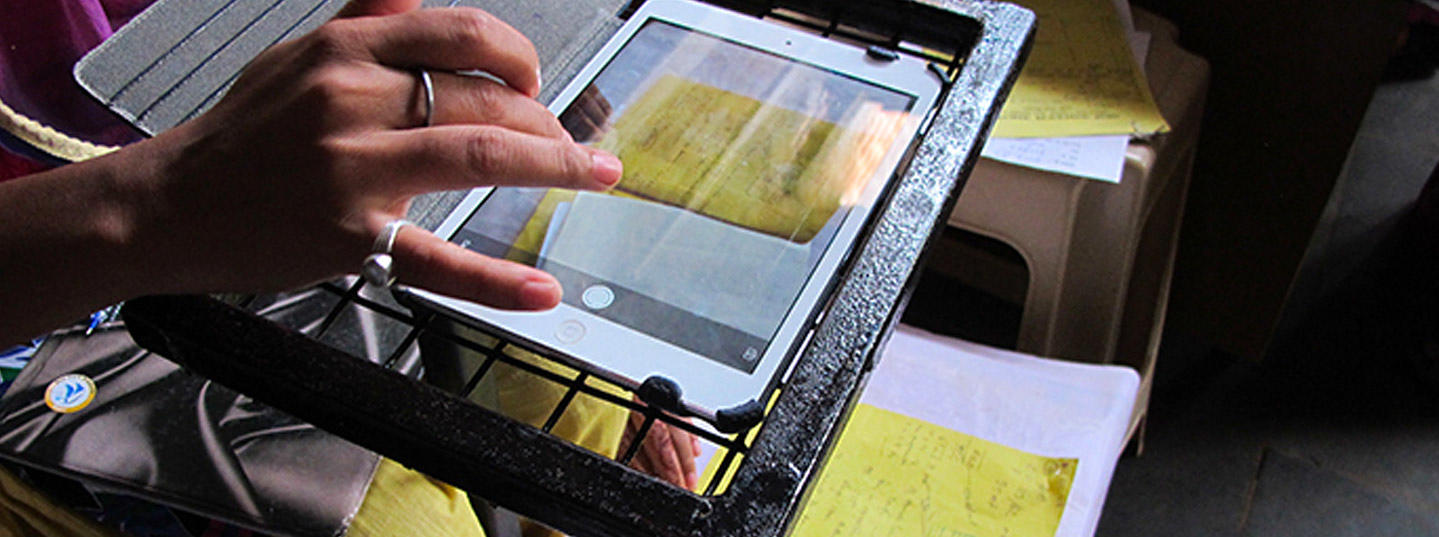

The combination of three open source projects in a single solution is what makes Bahmni’s range of impact possible. Java is the software platform for two of the products; OpenMRS and OpenELIS (Enterprise Laboratory Information Science).
Additionally, OpenMRS also uses MySQL to maintain databases. The OpenERP (Enterprise Resource Planning) product is built on Python and uses PostgreSQL for database management. OpenELIS (Enterprise Laboratory Information Science) also integrates JSP and PostgreSQL.Atom Feeds enabled the solution’s integration and dynamic reports were generated based on Jasper.
Leveraging Bahmni, Bayalpata Hospital has treated 13,329 patients between November 2014 to January 2015 and during the quarter, the total income was $391,215.
Bahmni is an evolving OpenMRS product intended for extensive implementation both in India and outside. There at least two other local implementations currently in progress and in terms of expanding geographies; Africa is next on Bahmni’s wishlist.
Future plans also include eliminating the Bayalpata Hospital’s entire paper data recording system. The Possible team would like to implement the EMR at the clinic and community level by March 2016, a huge challenge that’s especially crucial to their work.
In terms of unique feature upgrades that are in the works, the Picture Archiving and Communication System (PACS) integration accommodates easy storage of and access to X-ray images from Bahmni. Electronic images and reports will be digitally transmitted via PACS and this eliminates manual filing, retrieving and transport of film jackets.
Thoughtworks is also working on an offline version of Bahmni that will make the healthcare product accessible in remote locations that do not have internet connectivity.
It’s amazing. Some patients walk eight days to get here. It shows the trust your patients have in your healthcare system. And whatever little Thoughtworks is doing, I hope that adds to that trust















